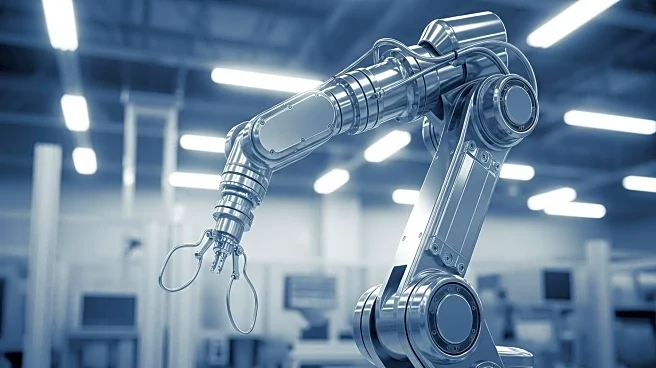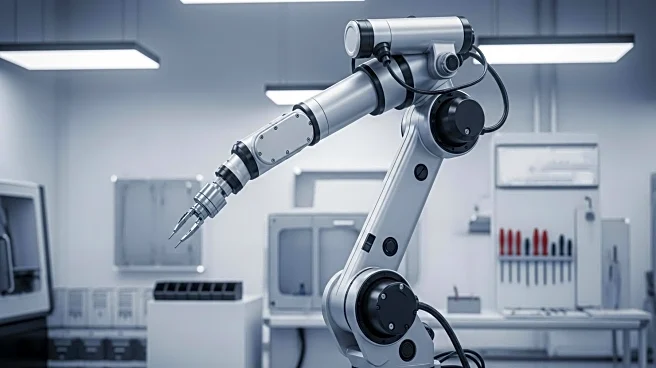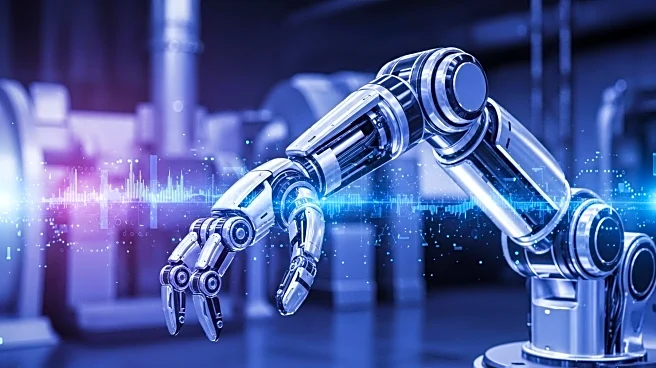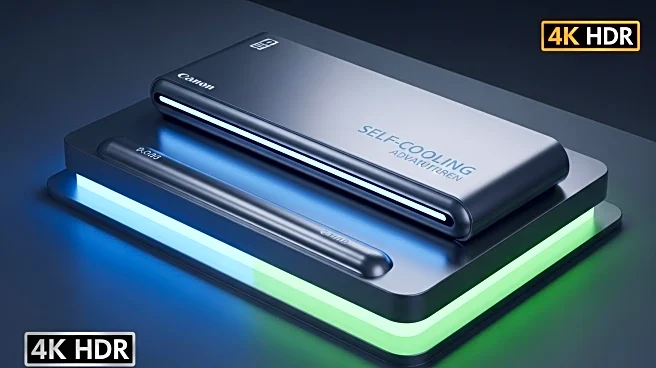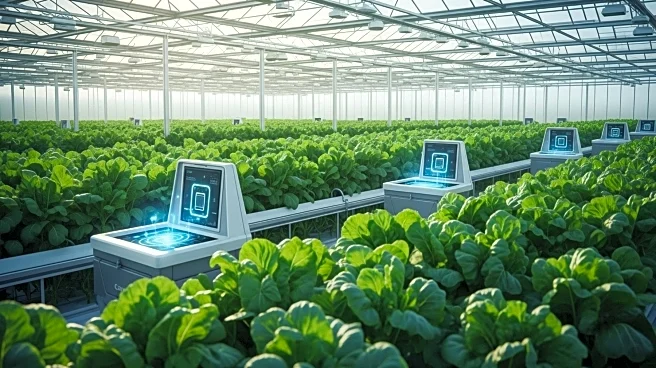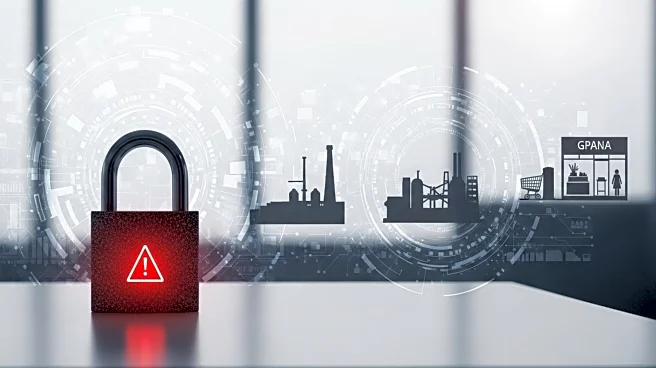What's Happening?
Dürr, a key player in the industrial robotics market, has reduced its order-intake target for 2025 due to weaker project demand. The company plans to eliminate 500 administrative positions by 2026 and absorb restructuring costs to achieve annual savings. Despite the global industrial robotics market's projected growth, Dürr's earnings before tax could fall into negative territory, highlighting the strain on established players. The market is experiencing a disconnect between aggregate demand growth and declining shipments and prices, suggesting challenges for mid-tier and premium incumbents.
Why It's Important?
The industrial robotics market's growth is driven by new applications and geographic expansion, but profitability is becoming elusive for many established companies. The entry of new players, particularly from China and India, is increasing competition and pressuring margins. Companies like Dürr face strategic decisions to adapt to the changing landscape, potentially through specialization or mergers. The market's saturation and the rise of low-cost competitors could lead to a shakeout, affecting the industry's structure and dynamics.
What's Next?
Dürr may need to pivot towards software and AI-augmented robotics to avoid commoditization. The company could focus on high-end applications or consider mergers to strengthen its position. The broader market may see consolidation and increased segmentation, with new entrants disrupting traditional players. Strategic moves by companies like ABB, which recently sold its robotics division, indicate caution and adaptation to market shifts.
Beyond the Headlines
The industrial robotics market's evolution reflects broader trends in automation and AI integration. The shift from hardware to system intelligence could redefine competitive advantages and industry standards. Ethical considerations around automation's impact on employment and economic inequality may also emerge as the market matures.
